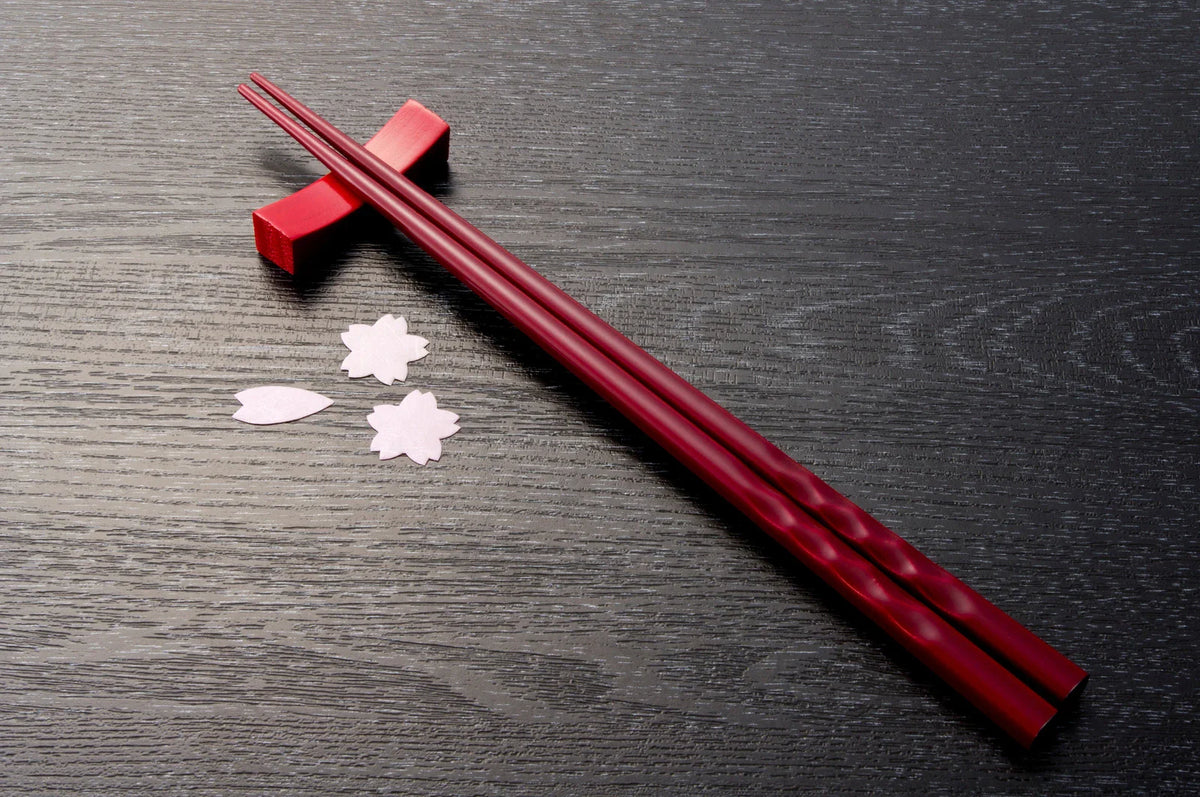

Japanese restaurants are celebrated for their attention to detail, offering diners more than just a meal—they provide a refined cultural experience. From the warm welcome of an oshibori (wet towel) to the thoughtful inclusion of chopstick rests (hashi-makura), every small touch contributes to an atmosphere of hospitality and respect. Let’s explore these delicate features and their cultural significance, which elevate dining in Japan to an art form.
What is an Oshibori? A Warm Welcome to Relaxation
An oshibori is a wet towel, provided to customers before or during their meal. Depending on the season, it is served warm or cool, ensuring comfort from the moment you sit down. This tradition dates back centuries and reflects the Japanese value of cleanliness and hospitality.
- Cultural significance : The oshibori symbolizes care and respect for guests, inviting them to refresh themselves before enjoying their meal.
- Modern usage : While often disposable in casual settings, high-end restaurants may provide reusable cloth towels, adding a touch of luxury.
Whether you’re wiping your hands or simply appreciating the thoughtful gesture, the oshibori sets the tone for a serene dining experience.

The Functionality and Beauty of Chopstick Rests
A chopstick rest (hashi-oki) might seem like a minor detail, but it plays a vital role in Japanese dining etiquette. These small rests keep the tips of your chopsticks from touching the table, ensuring cleanliness and showcasing aesthetic harmony.
- Designs and materials : Chopstick rests can be made of ceramic, wood, glass, or even folded paper, often crafted with intricate designs that match the restaurant’s theme or the current season.
- Etiquette : Properly placing your chopsticks on the rest shows respect for the table setting and adherence to traditional manners.
Beyond practicality, chopstick rests often double as charming decorative elements, adding a unique personality to the dining table.

Personalized Service: Anticipating the Needs of Guests
Japanese hospitality, or omotenashi , is about anticipating the needs of guests before they even ask. This extends to the smallest details:
- Silent service : Waitstaff often move discreetly, refilling drinks or adjusting settings without interrupting your meal.
- Customizable elements : From providing specific condiments to adjusting seating arrangements, the dining experience is tailored to individual preferences.
This personalized approach creates a seamless and comforting atmosphere, leaving diners feeling genuinely cared for.
Beyond Food: The Total Dining Experience
Japanese restaurants strive to provide more than just delicious food; they aim to engage all five senses. Here’s how:
- Visual appeal : Each dish is presented like a work of art, arranged with precision and harmony.
- Soundscape : Soft background music or the gentle flow of a water feature enhances the calming atmosphere.
- Scent : The subtle aroma of fresh ingredients or incense adds another layer to the experience.
Every detail, no matter how small, is carefully considered to create a dining experience that is as memorable as it is satisfying.

Conclusion: The Beauty of Thoughtful Details
The delicate touches in Japanese restaurants, from the humble oshibori to the intricate chopstick rests, highlight a culture that treasures harmony, cleanliness, and hospitality. These small but meaningful elements remind us that true luxury lies in thoughtful details.
Whether you’re dining in a cozy izakaya or an upscale kaiseki restaurant, these practices enrich your experience, offering a glimpse into Japan’s deep respect for tradition and its unwavering commitment to hospitality.




